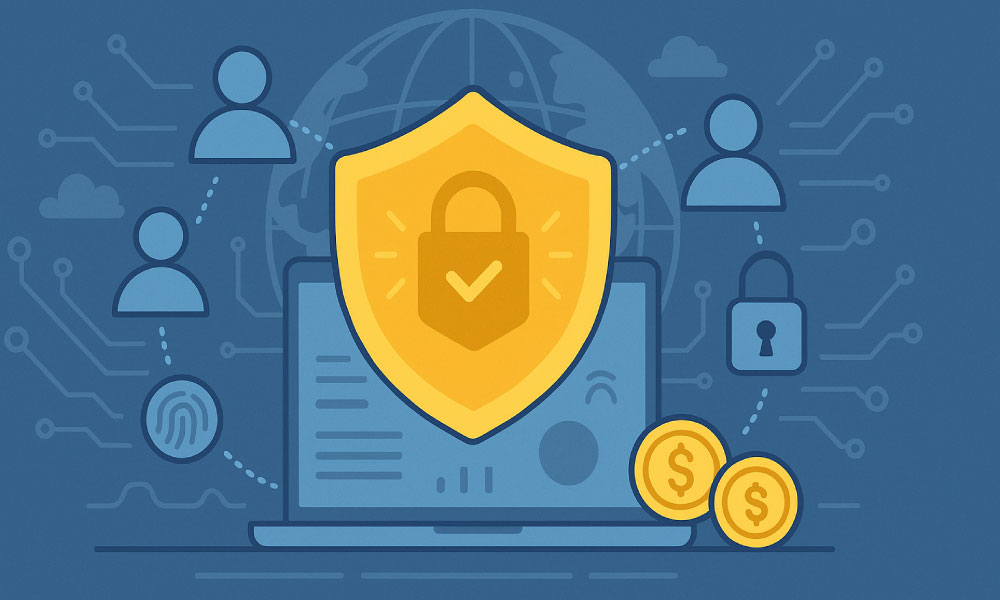The Future of Digital Identity: Why Trust Will Define the Next Decade
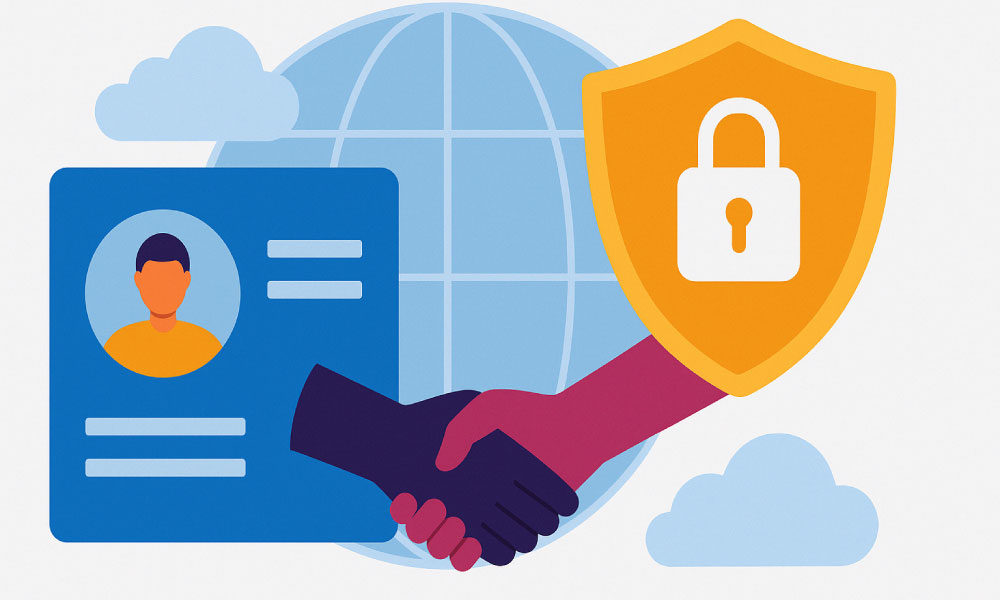
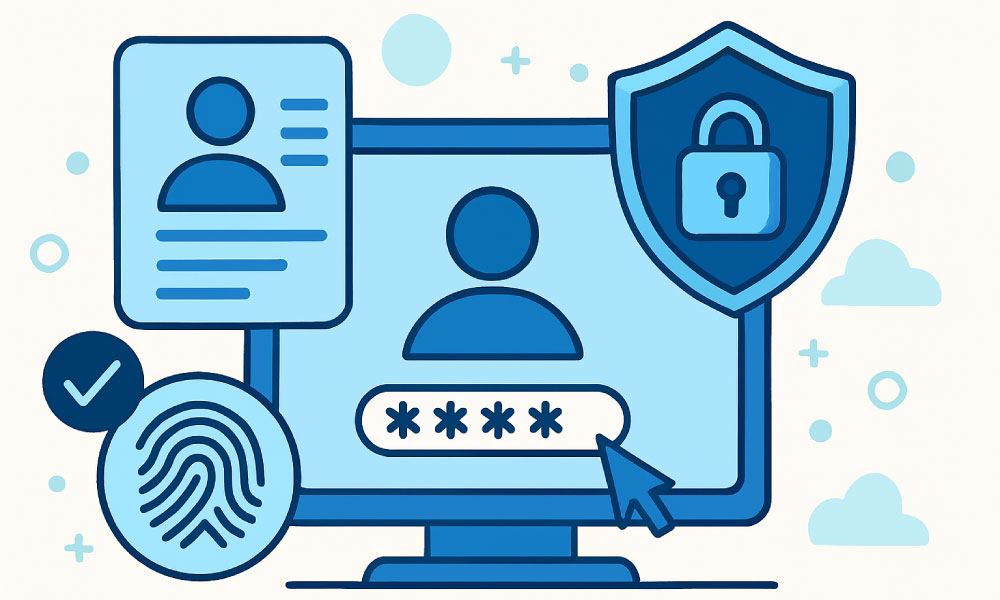
Understanding Digital Identity
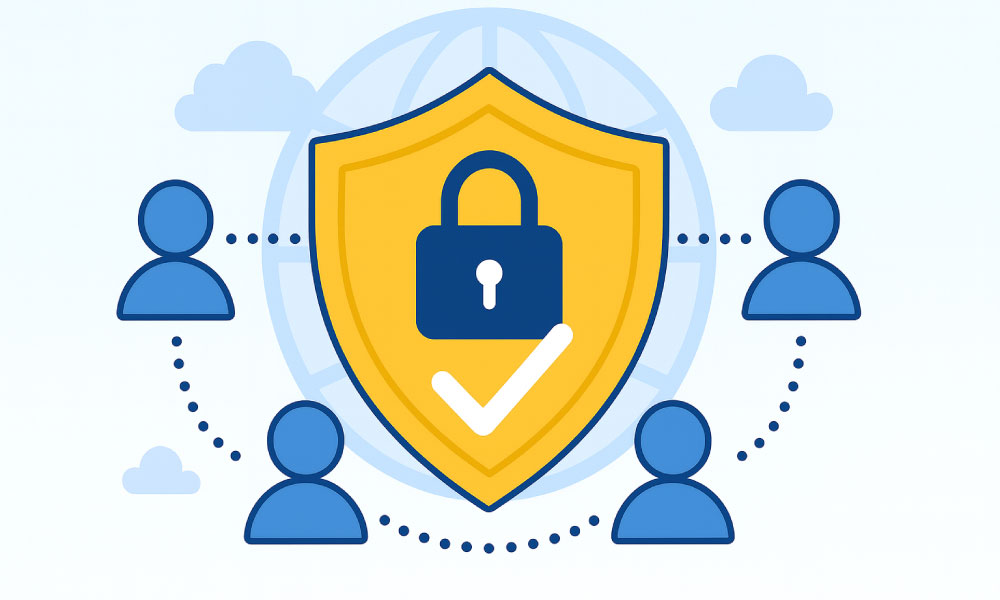
Why Trust Will Become the Defining Factor
- Consumers demand transparency. People want to know how their data is collected, stored, and used. Businesses that provide clear privacy policies and user-friendly consent mechanisms will earn trust.
- Brands are judged by security. A single breach can destroy a company’s reputation. Robust cybersecurity measures are no longer optional—they are a necessity.
- Trust is a competitive advantage. In a crowded market, businesses that can demonstrate integrity, transparency, and security will attract loyal customers.
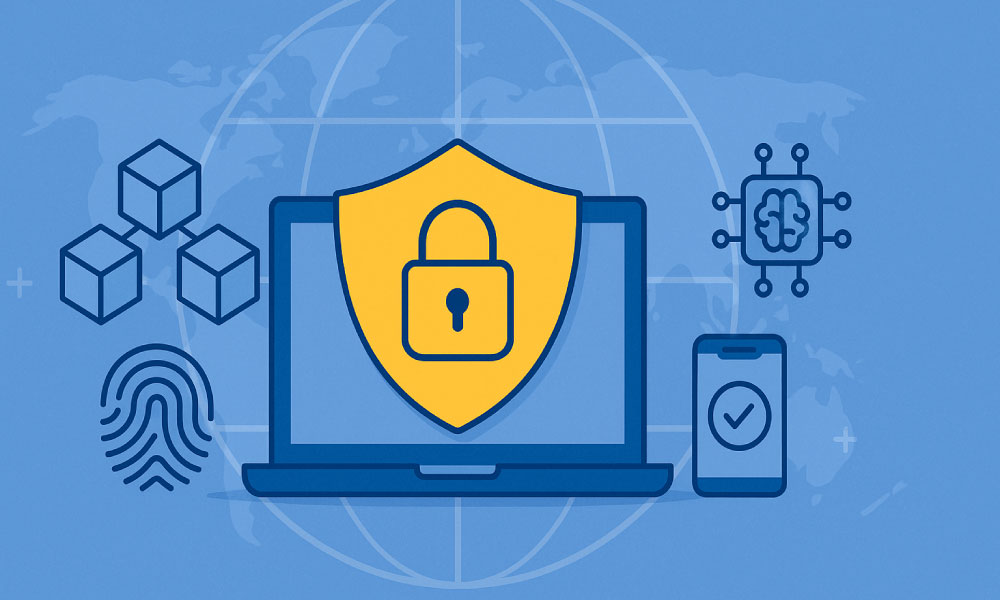
The Role of Technology in Building Trust
1. Blockchain and Decentralized Identity
Blockchain offers a decentralized model where individuals control their own digital identity. Instead of relying on centralized systems vulnerable to hacks, decentralized identity solutions put users in charge, making transactions more secure and transparent.
2. Biometrics and AI Verification
Fingerprints, facial recognition, and voice scans are becoming mainstream. With AI-driven verification, businesses can reduce fraud and build customer confidence. However, companies must balance innovation with privacy concerns to avoid eroding trust.
3. Zero-Knowledge Proofs
This cryptographic method allows users to prove they have certain information (like being over 18) without revealing the data itself. By minimizing data sharing, zero-knowledge proofs enhance privacy and strengthen trust.
4. Passwordless Authentication
The era of passwords is ending. Multi-factor authentication, biometrics, and secure tokens will create a smoother, more trustworthy user experience, reducing risks associated with weak or stolen credentials.
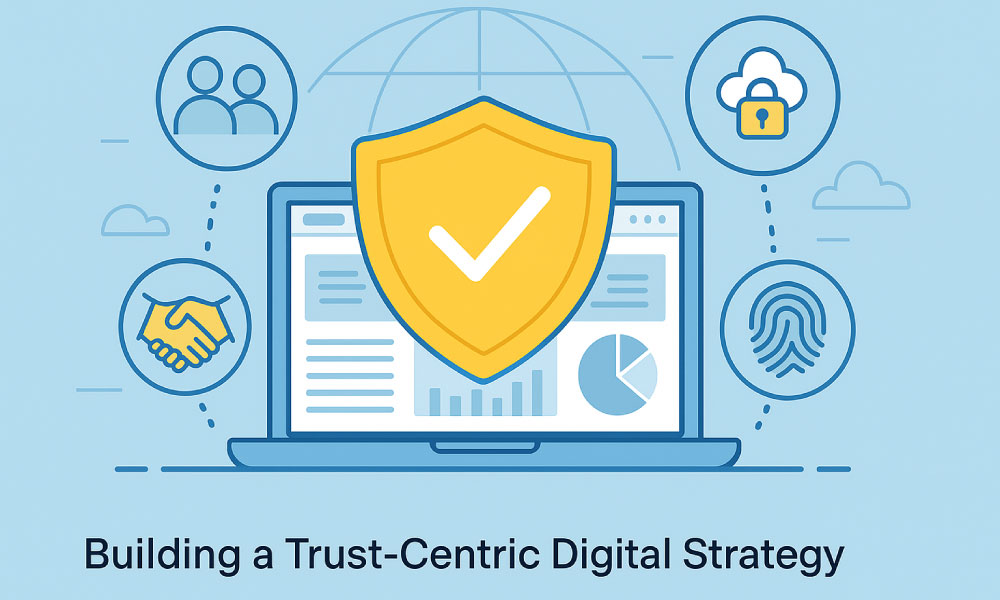
Building a Trust-Centric Digital Strategy
- Prioritize Privacy by Design – Incorporate privacy protections into products and services from the start, not as an afterthought.
- Invest in Security Infrastructure – Use encryption, real-time monitoring, and threat detection to protect customer data.
- Offer Transparency – Communicate openly about data collection, storage, and usage practices.
- Educate Customers – Provide resources that help users understand how to safeguard their own digital identity.
- Collaborate Globally – Work with industry peers and regulators to establish common standards for secure digital identity.
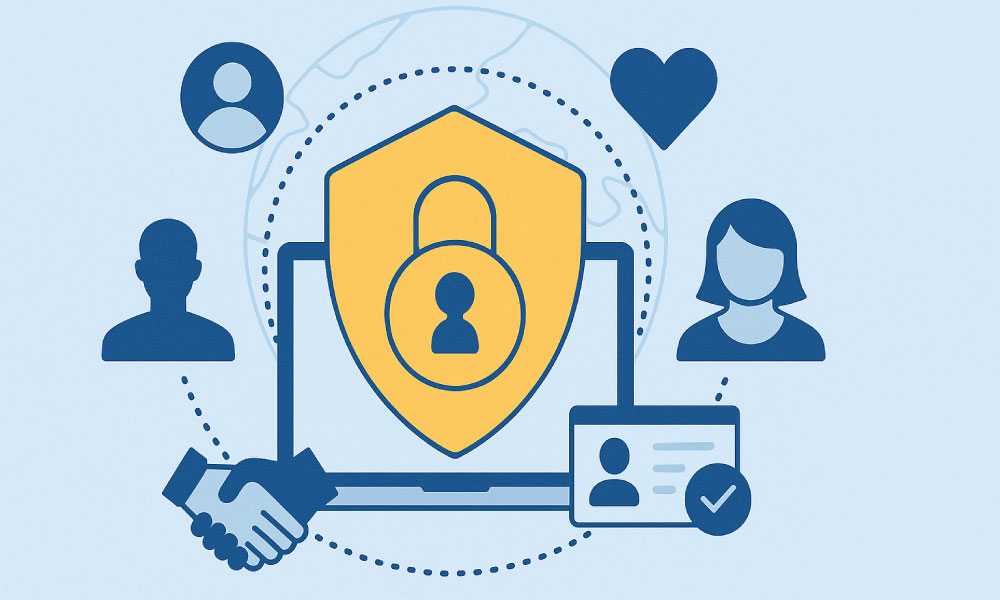
The Human Side of Digital Identity
